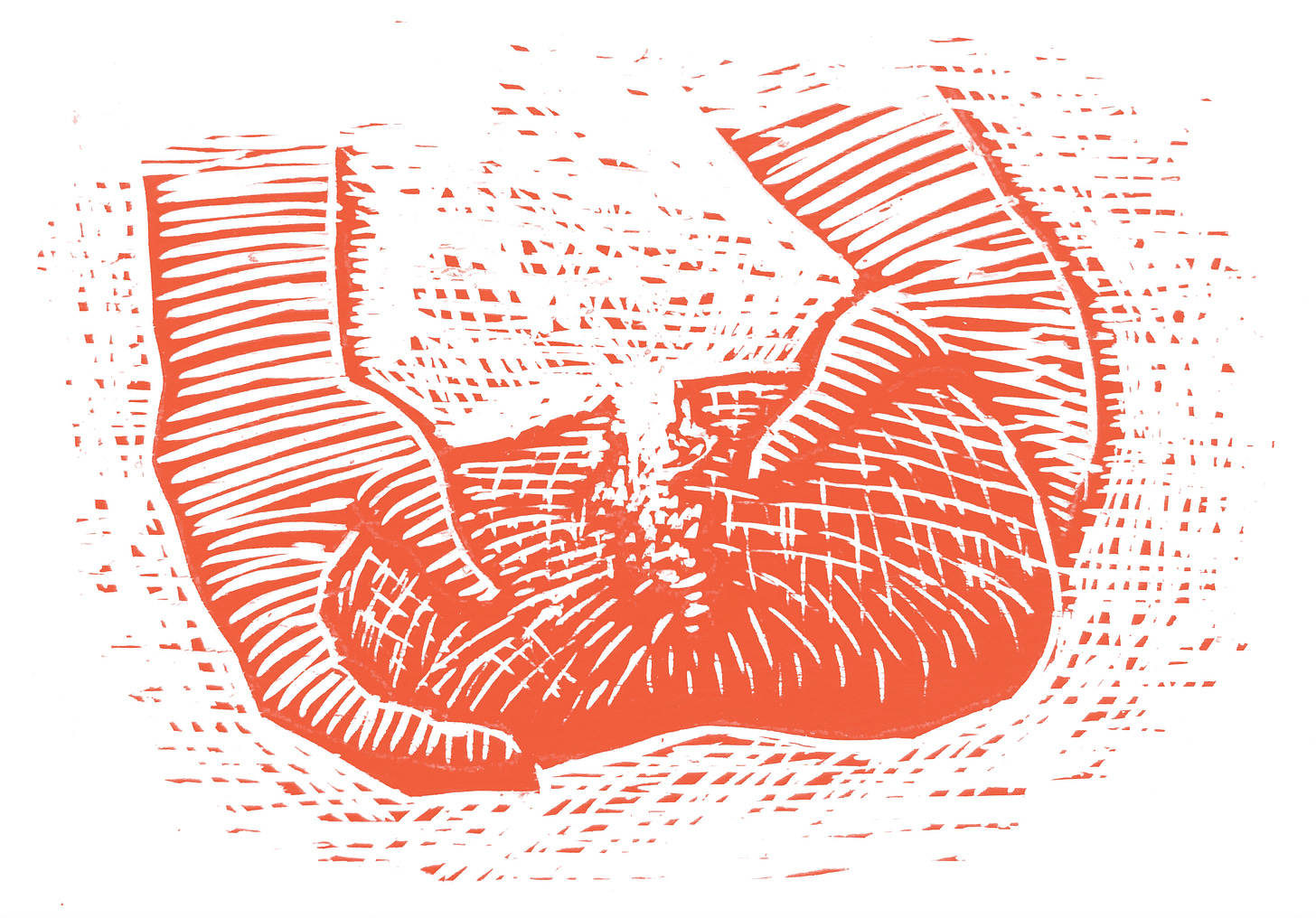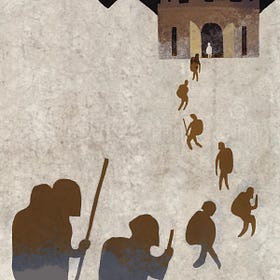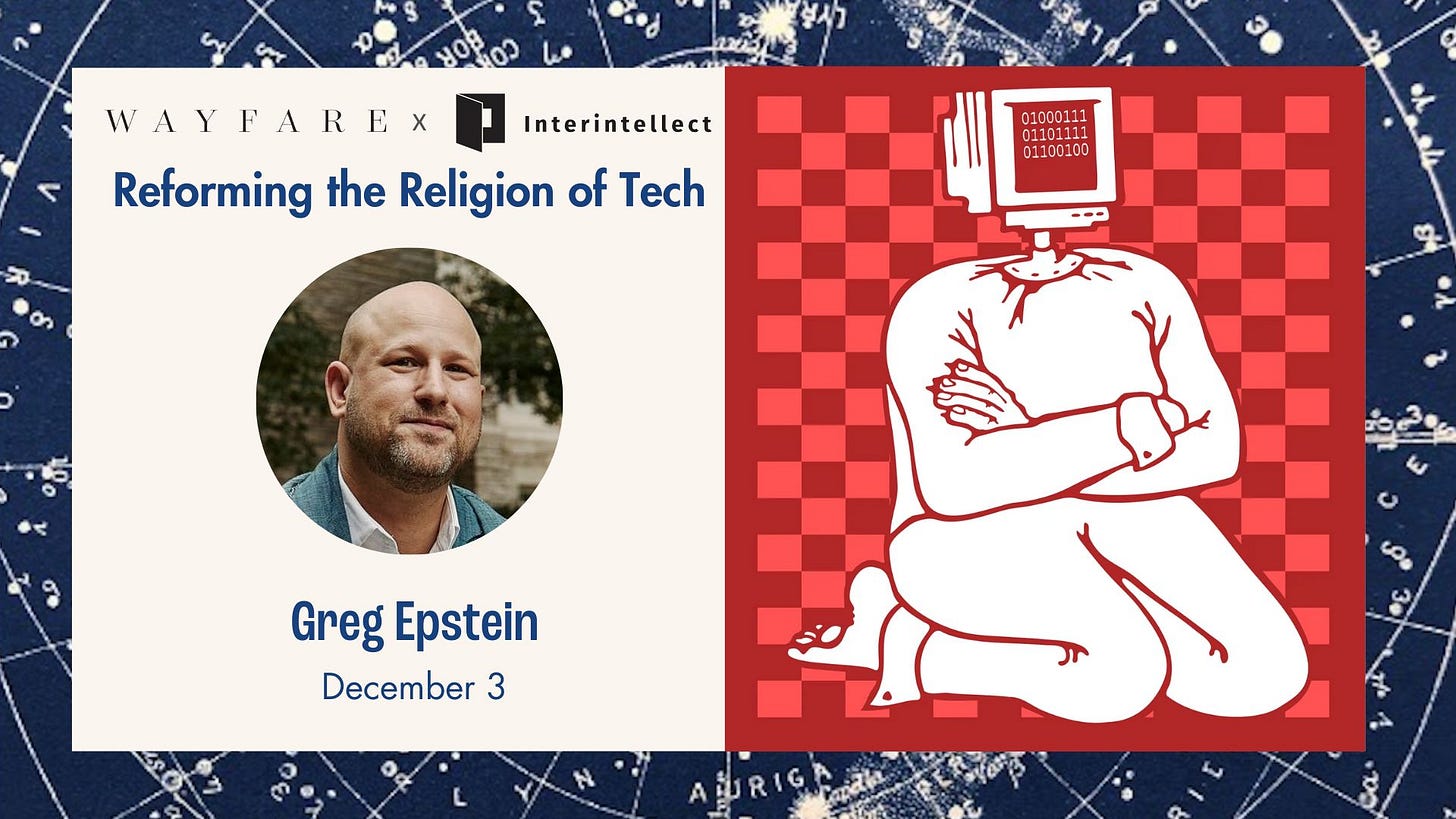The Crux of the Matter
The Way of Convergence in Moroni
A disciple’s life, it seems to me, stands at the convergence of competing truths. The scriptures declare justice and mercy. They promise grace; they demand work. The Holy Spirit whispers that God is immeasurably good and reminds that human beings unspeakably suffer. Prophets encourage us both to focus on our immediate families and to magnify our community engagements. The Lord glories in plainness and is the keeper of many mysteries. God is multiple; God is one. The divine gift of embodiment is the instrument of exaltation while the flesh is the site of endless sin. The examples go on and on. One might be forgiven for thinking that the covenant path is actually a gauntlet lined with pairings of irreconcilable claims.
Faced with a daunting array of competing principles, seeking souls have a few options. One is simply to pick a side, as many have done. The attraction of that option is understandable. We’re wired for resolution and the incomplete contest of these principles can feel both unsettling and unsatisfying. It makes a certain sense to lean definitively into one or another.
The problem is that the revealed words of God prove stubbornly resistant to this kind of reduction. As Moroni drew the Book of Mormon to its conclusion, the allure of final resolutions must have been strong indeed, but that is not what he gives us in the end. In ways even more pronounced than much of the scripture-writing that precedes him, he intentionally keeps us suspended on the tensile pull between contrasting truths.
Consider, for instance, the two epistles from his father that Moroni chooses to include. Mormon’s scathing critique of infant baptism in Moroni 8 fits into a longstanding Christian concern about the dangers of ritualistic formalism. Mormon pushes back aggressively against an overreliance on ordinances and the diminishment of a divine love whose saving power won’t be confined to ritual. Letter #1 is thus an unmistakable blow against excessive formalism, condemning its implications as a type of doctrinal violence against innocent children and others. Letter #2, by contrast, points us in the opposite direction but with equally explicit rhetoric. Here, resistance to religious authority and a collapse into a kind of anarchic disorder has produced gruesome results. In Chapter 9, the innocent are every bit as victimized by extreme antiauthoritarianism as they were by the exaggerated formalism of Chapter 8. And we are left to navigate the space between these two dire warnings, both of which we receive in their indignant fullness.
A similar defiance of theological oversimplification appears in the handling of the sacrament in Chapters 4 and 5. Where some Christian cultures had sought to render this foundational ritual as either a transubstantiating sacrament on one hand or an act of low-church memorialization on the other, Moroni’s brief description seems to hold the reader between complementary meanings. The language of memorialization is unmistakable, as we primarily partake “in remembrance.” However, a reference to the Lord’s “flesh and blood,” with which the ordinance is introduced in Chapter 4, was in the mid-nineteenth century often associated with the idea that the ritual emblems were imbued with holy presence. Of particular significance is the call to “bless and sanctify” the bread and wine. As Grant Hardy’s excellent Annotated Book of Mormon suggests, at the time of the Book of Mormon’s translation this rhetorical formulation would have been almost exclusively found within the Anglican tradition. It should also be noted that Anglicanism understood itself to have carved out a middle-way meaning for the Lord’s Supper.
The relevant portion of the era’s Book of Common Prayer reads as follows: “[W]e most humbly beseech thee, O merciful Father, to hear us; and . . . vouchsafe to bless and sanctify, with thy Word and Holy Spirit, these thy gifts and creatures of bread and wine; that we . . . in remembrance of his Death and Passion, may be partakers of his most blessed Body and Blood.” That the Book of Moroni’s translation phrase for this ceremony drew from a nineteenth-century couplet that was so specifically identifiable with a spiritual doctrine of divine presence suggests, I believe, something about the sacramental theology it seeks to capture. This ordinance, as described by Moroni, simultaneously points us toward a real remembrance of things past and a real encounter with things present.
Finally, we might note a combination of competing truths of a more personal nature. That is, Moroni himself embodies the complementary tendencies that inform the book he has produced. He is, on one hand, clearly preoccupied with the problem of prophetic fallibility and his own role in the imperfection of all human things. Everywhere Moroni appears, this anxious humility shows up with him: the Title Page of the Book of Mormon, Mormon 9:31, Ether 12:27. This fixation on his capacity for error may be related to his tendency to curate other writers’ works rather than feature his own voice: he is the caretaker of Mormon’s teachings, as well as of Ether’s history, and when he shows up to instruct Joseph Smith, he is more inclined to quote from former prophets than to offer anything original. Perhaps this hesitancy helps explain the distinctive structure of the book that bears his name, in which the words of others significantly outnumber his own.
It may be for related reasons that he conspicuously emphasizes “the gifts of God.” Of all the Book of Mormon’s invocations of the word gift, fully half of them come directly or indirectly from Moroni. He thinks a lot about the things God gives us and the needs we have. A person who knows his own deficiencies may be especially mindful of God’s much-needed graciousness. And yet, in the end, this sense of inability and dependence hardly left him disempowered or reluctant in his final call to high standards of human righteousness.
We have not the space here to discuss the Book of Moroni’s message on the classic Christian debate between a reliance on divine giving and agentive human action, but as one could probably gather from the foregoing, it does not incline toward an exclusive emphasis on either one. And even as Moroni recurrently mentions his own limitations, he also ends the Book of Mormon at a high pitch of prophetic authority. He assures us that we will meet him at the bar of God, where his words will be upheld.
In this conclusion, where the self-effacing wayfarer is also the confident thunderer of divine truth, we see perhaps the personal representation of a gospel of intentionally unresolved complexity. More than simply sustained, Moroni is elevated on counterpoised principles straining with and against one another. This may be in similitude of the Christ who is the fullness of all these competing truths and whose outstretched arms—pulled in opposing directions on the cross, immovably fixed on one hand and on the other—suggest the agonizingly elevating act of clinging to all truth. Because of Him we can make peace with the imperfection of our effort and also refuse to abandon its daily demands. To the very end, Moroni has endured with that tension. And he seems to expect the same of us.
David Holland is the Bartlett Professor of New England Church History at Harvard Divinity School and the author of Moroni: A Brief Theological Introduction.
Art by Brian Kershisnik.
These essays appear in Theological Insights from the Book of Mormon, a Wayfare series that pairs the 2024 Come, Follow Me curriculum with authors of the Maxwell Institute’s Brief Theological Introductions to the Book of Mormon series.
KEEP READING
When There is No Cross To See
When I stepped into a dark chapel in Navarrete, Spain, I didn’t expect to see so much gold. The altarpiece was an expansive display of intricate metalwork framing images of Christ, and the glinting gold reflected a distinct brightness. I removed my backpack and sat on a bench, looking up to the crucifixes and cherubs which adorned the ceiling, as other …
Listening for Life
Several years ago, my family was confronted with a difficult situation. Without getting too deep into the weeds of the New York City public school system with its charter schools, magnet schools, zoned schools, unzoned schools, dual-language programs, gifted and talented programs, sibling priority, and lotteries—I’ll just say that my five-year-old daugh…
The Theology of BYU Med
Sometime in the next few years, BYU will open a medical school. This is likely the only time this will ever happen within the confines of The Church of Jesus Christ of Latter-day saints. As a proud graduate of BYU and a doctor myself, I have spent a great deal of time thinking about what the opening of the BYU Medical School means and what such a school…
God's Story Isn't Finished
Justin Brierley is a freelance writer, speaker, and broadcaster focused on dialogue between Christians and non-Christians around faith, science, theology, and culture. In this conversation with In Good Faith host Steven Kapp Perry, Justin describes how to approach religion with both your mind and your heart, how hearing so many arguments for atheism has…
WAYFARE ADVENT
To participate in the Wayfare Advent series, first be sure you are subscribed, then click here and select “Holy Days” to receive weekly essays, music, art, and more during the Advent season.
TODAY: REFORMING THE RELIGION OF TECH
Humanist Chaplain Greg Epstein believes today’s technology has overtaken religion as the chief influence on twenty-first-century life and community. In his new book, Tech Agnostic, Epstein explores what it means to be a critical thinker with respect to this new faith and the importance of reclaiming our common humanity beyond the seductive sheen of “tech.” Tech agnosticism—not worship—should be our approach.
In this conversation, Wayfare editor Zachary Davis and Epstein will explore some of the following questions:
Should tech be considered a religion?
Who profits from an uncritical faith in technology?
How can we reform technology’s problems while retaining its benefits?
What might tech agnosticism look like in practice?
WHEN: Tuesday Dec 3rd, 12:00MT
WHERE: Online
SUPPORT THE WORK OF WAYFARE
On this giving Tuesday, consider supporting the mission of Wayfare with a tax-deductible contribution or by purchasing a gift subscription for a friend or family member. We are grateful for your support!
In the spirit of traditions like midnight mass and choral evensong/vespers, we invite you to enjoy Christmas Evensong at The Compass on Dec 20th, performed by Sound of Ages (a professional vocal ensemble). We'll enjoy exquisite vocal music and thoughtful narrations—plus carols to sing together. Christmas Evensong will infuse some quiet beauty into your family's holiday celebration.
















